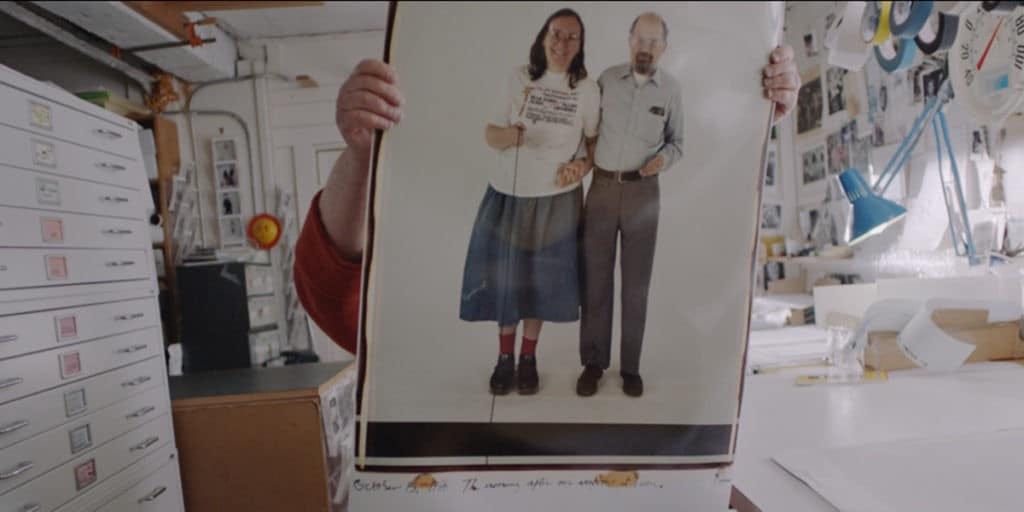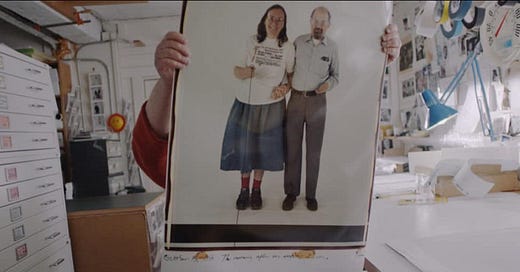The B-Side Review: Relaxed Errol Morris Is Still Inspired Errol Morris

Looking to do something different, Errol Morris has stowed the Interrotron and made a biographical documentary about one of his good friends. After years of incisive probes into troubled minds and complex politics, this makes for a surprising but not unwelcome change of pace. The B-Side: Elsa Dorfman’s Portrait Photography is a small film whose gentlene…
Keep reading with a 7-day free trial
Subscribe to Nonfics to keep reading this post and get 7 days of free access to the full post archives.



